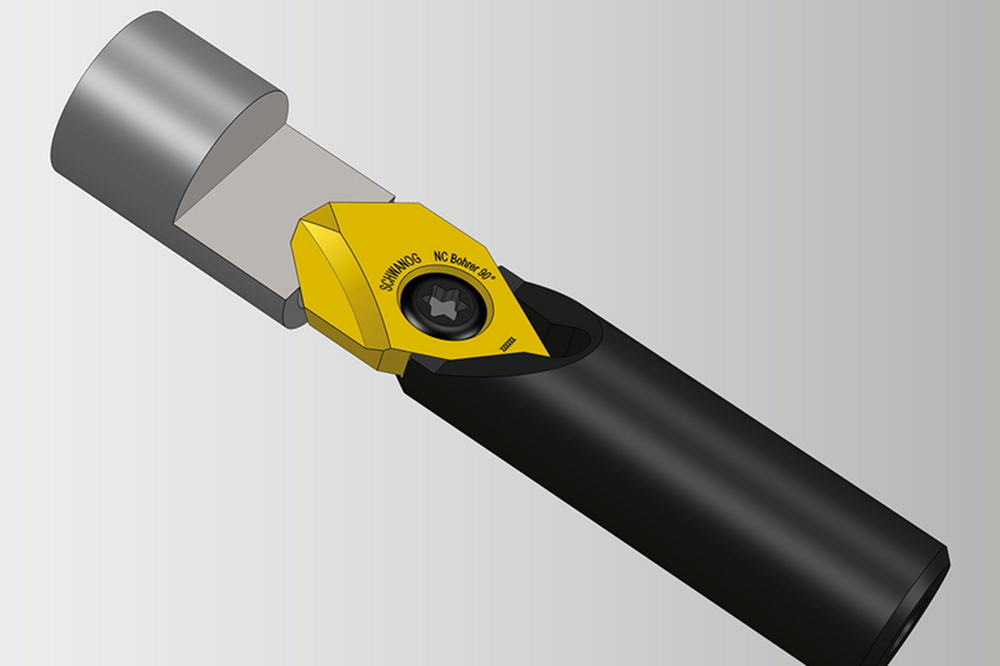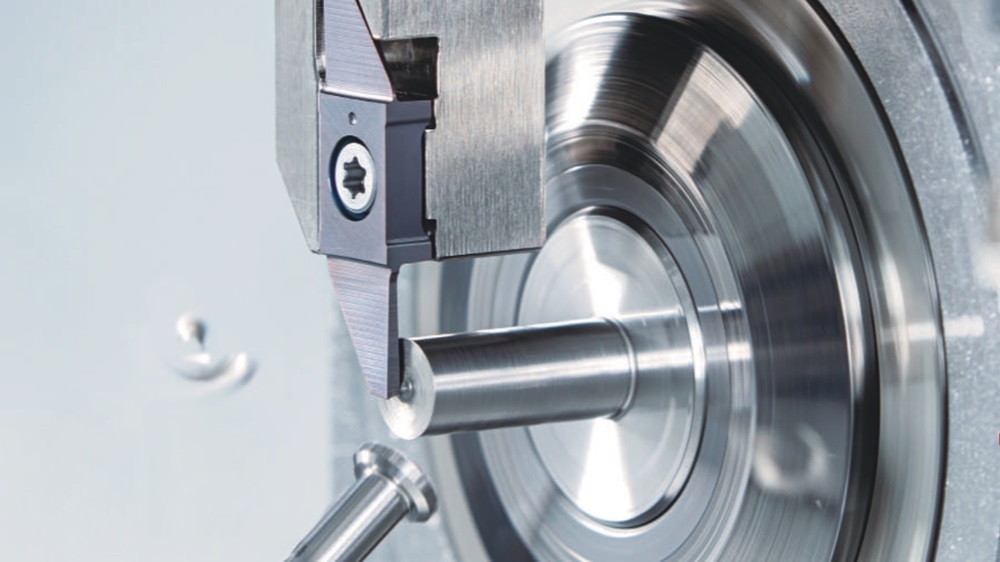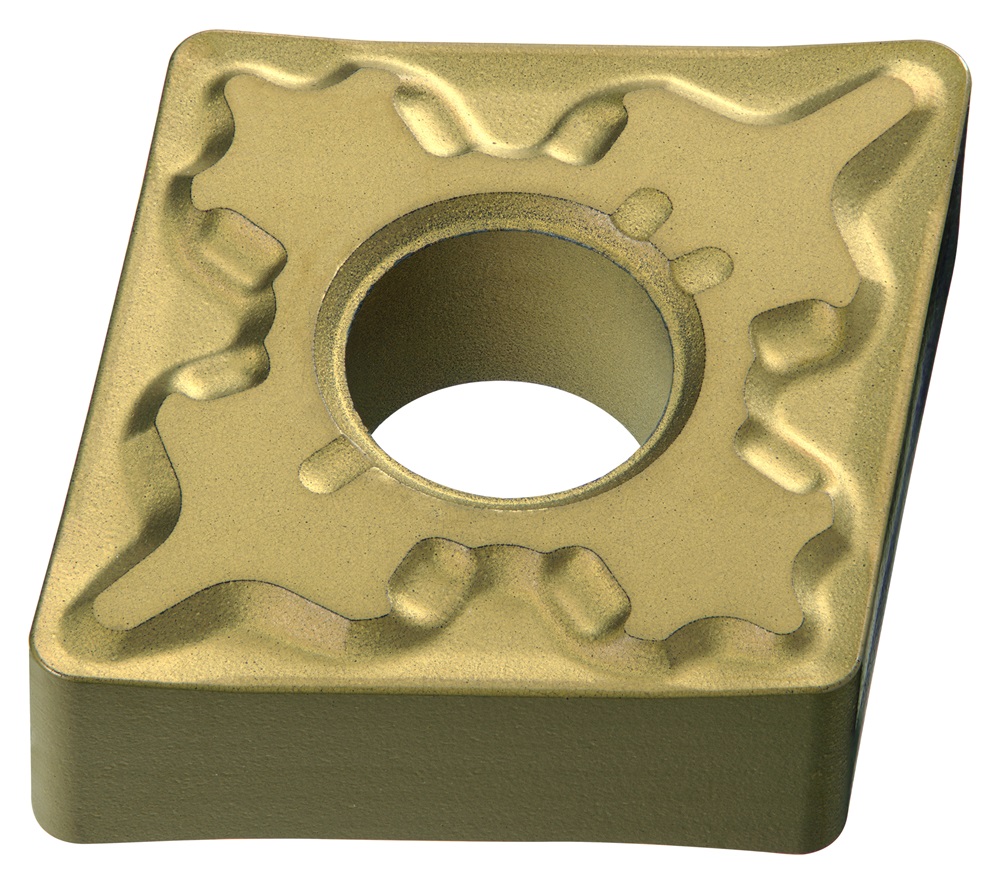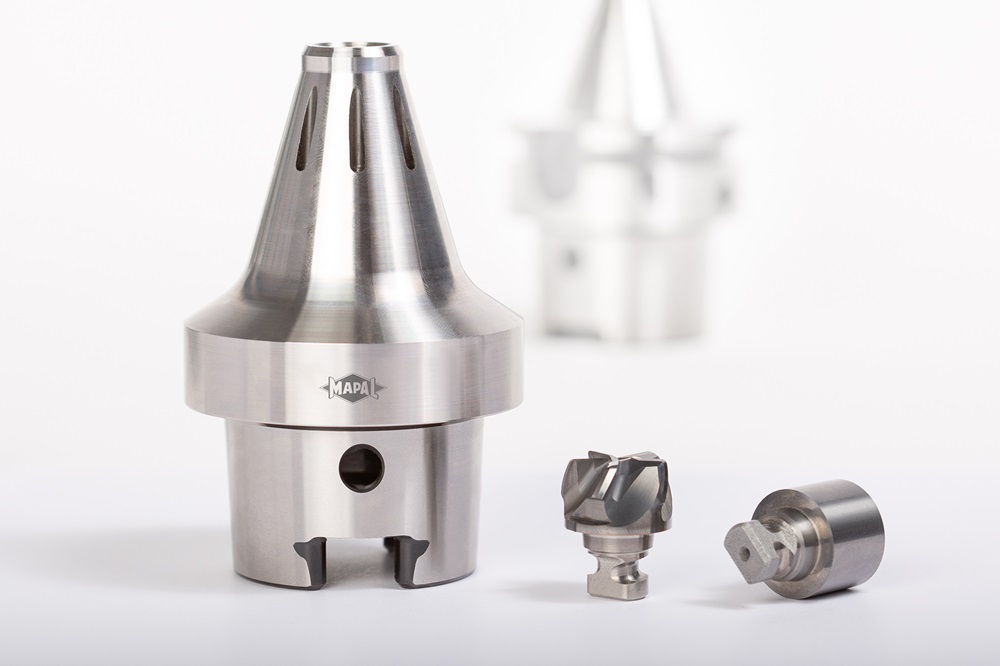Now available in the UK from Floyd Automatic Tooling is the new Schwanog interchangeable indexable centre drilling system. Developed to improve the productivity, precision and positioning of drilled holes, the new centre drill system prevents drills from drifting and maintains a chamfer on the drilled hole.
Suitable for everything from one-offs to high-precision series production runs, the Schwanog centre drilling system provides ±0.01 mm repeatability during insert changeovers thanks to an insert pocket seat that locates and clamps the insert. The tool body is available in a range of lengths and diameters to suit application requirements, providing flexibility to accommodate a host of machine tools and application types.
The ‘quick-change’ design of the inserts results in less time spent changing inserts. Schwanog claims that when combined with the tool geometry, the rapid-change system on the new drilling system guarantees a 40% increase in productivity.
Schwanog centre drill designs range from a 60 to 140° point angle and, depending on the workpiece material, it is possible to apply a wide variety of carbide grades and coatings. Users can machine materials that range from aluminium, brass and copper through to steel, stainless and heat-resistant aerospace grade alloys such as Inconel and titanium.
To further enhance the flexibility of the Schwanog centre drill, customers can request interchangeable drill bodies to suit both left-hand and right-hand operations. Furthermore, to enhance flexibility and ease-of-use, customers to utilise the same tool holder for left and right-hand application. Upon request, customers can order the Schwanog centre drill system with edge preparation to reduce potential chatter that may occur with challenging material types.
More information www.floydautomatic.co.uk



















